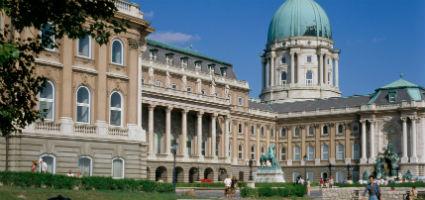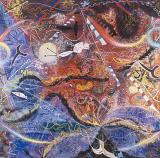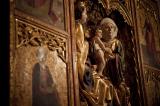2024. April 26. Friday
Hungarian National Gallery - Budapest
 |
Address: 1014, Budapest Szent György tér 2.
Phone number: (1) 201-9082
E-mail: info@mng.hu
Opening hours: Tue-Sun 10-18
|
The Hungarian National Gallery, Hungary's largest exhibited collection of fine art, is located in the Buda Palace, buildings A, B, C and D.
Permanent collection: middle ages and renaissance antiquities: gothic wooden sculptures and panel paintings: late gothic triptychs: late renaissance and baroque art: 19th and 20th century painting and sculpture.
Permanent collection: middle ages and renaissance antiquities: gothic wooden sculptures and panel paintings: late gothic triptychs: late renaissance and baroque art: 19th and 20th century painting and sculpture.

